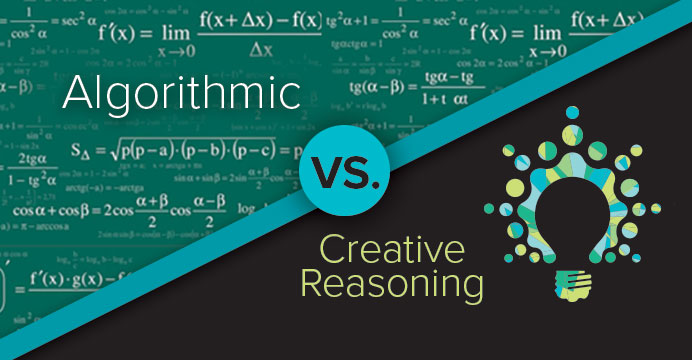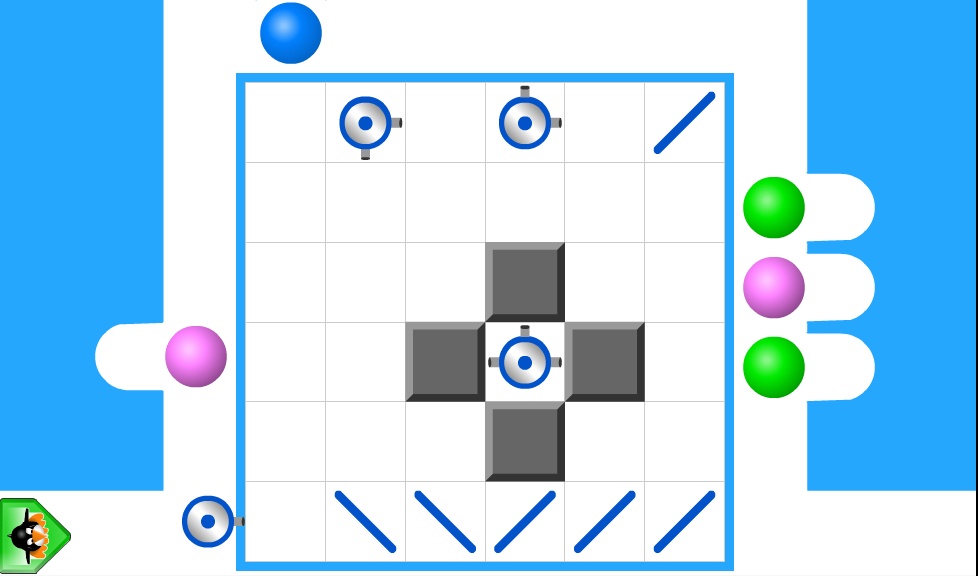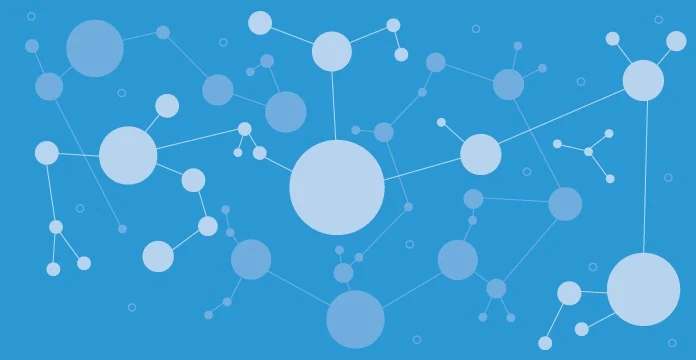An important goal of education is to help students become critical thinkers and proficient problem solvers. In mathematics, the latter can express itself in being successful in solving non-routine problems, which can be characterized through a certain degree of novelty; an aspect that has not explicitly been shown to a student before.

Limitations of Traditional Teaching Methods
Despite the desire to help students become proficient in solving non-routine problems, the dominant teaching method in the United States focuses on repeatedly applying a presented solution method to a given set of math problems. In a worst-case scenario, a student does not need to have any conceptual understanding but can still solve a problem by adhering to memorized step-by-step instructions. Although teaching step-by-step instructions can have its benefits in that such an approach is time efficient and allows to solve a substantial body of textbook problems, the question arises whether there are alternative approaches that not only maximize conceptual math learning but also help students to become proficient in solving problems for which they have not received a solution recipe.
An Alternative Approach: ST Math and Creative Reasoning
One such alternative is ST Math which requires students to figure out solutions to novel problems that are presented to them in the form of educational games that are engaging and playful. Critically, the games do not come with instructions but allow students to test their own hypotheses of how to solve a certain puzzle presented in a game. A cornerstone of ST Math is its formative feedback allowing students to observe the consequences of their answer choices in an animated form. The animation provides students with information why the chosen answer was correct or not, which in turn allows them to revise their hypothesis and test it again. This cycle, consisting of a prediction, a response, an outcome, and a perception, is called a Perception-Action Cycle and originated from neuroscientific research.
The Advantages of Creative Reasoning over Algorithmic Reasoning
But are there any measurable benefits in asking students to figure out math problems by themselves compared to teaching them step-by-step instructions on how to do so? As pointed out before, this is indeed the case: problem solvers learned more than individuals who were told what they had to do. Importantly, however, this finding comes from a single study. That is part of a whole line of research providing converging evidence that creative reasoning, the act of independently finding a solution, is advantageous to algorithmic reasoning, the act of following step-by-step instructions.

For example, an earlier study similarly reported an advantage of creative reasoning, assuming that the productive struggle to independently find a solution leads to a beneficial deeper memory trace and that the self-generation of solutions facilitates conceptual understanding. Another study focused on the fact that sometimes textbooks and teachers accompany step-by-step instructions with conceptual explanations. But again, even if students receive solution instructions along with conceptual information, creative reasoning outperforms this approach.
Understanding the Benefits of Creative Reasoning
In a more recent study, the goal was to better understand why exactly creative reasoning is superior to algorithmic reasoning. To that end the authors tracked students’ eyes to determine how creative and algorithmic reasoning affect students’ solution strategies. The presented math problems consisted of several elements such as an illustration, a formula, an example, and a question. In contrast to the algorithmic reasoning condition which allowed relying on the provided formula and an example to solve a problem, the creative reasoning group needed to consider all the relevant mathematical information which for example were also entailed in the illustration.
The authors report that students in the algorithmic group tend to read the provided solution approach repeatedly for every problem that they are presented with in contrast to students of the creative reasoning group who spend more time focusing on the problem illustration and the problem question. As such, the data are interpreted to paint a picture in which algorithmic reasoning leads to quick solution attempts that are characterized through applying a series of solution steps and formulas without considering why they work. Such an unreflected use of strategies stands in contrast to the approach of the creative reasoning group which directs their attention to the important mathematical information and task structures that are part of a presented problem.

These data illustrate again how important it is for students to actively and effortfully make sense of mathematical situations as opposed to taking a ‘cognitive shortcut’ and rely on a memorized recipe of how to solve a math problem. It is this kind of effort, or productive struggle, that promotes the development of conceptual math understanding.
Transform Math Learning with Productive Struggle: Watch Our Recent edWebinar
Interested in learning more about productive struggle and its impact on student success? Watch our recent edWebinar on how “Productive Struggle in Math Prepares Students for Success.” This webinar offers practical ways to facilitate productive struggle and provides insights on enabling students to explore complex solutions while boosting their understanding of mathematical ideas.


